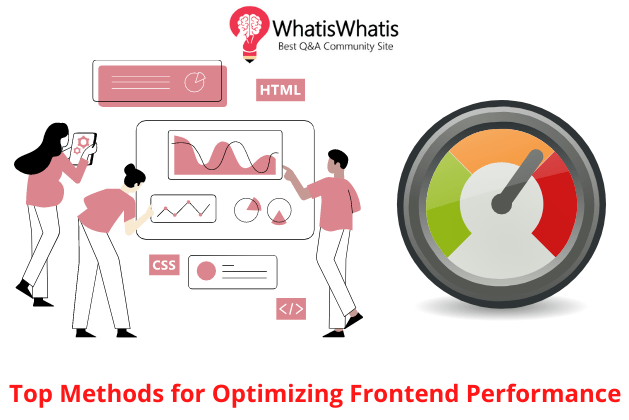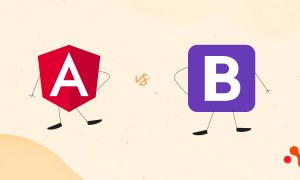A professional frontend developer can give you the right solution for your online business. Here, we will discuss the top practices for optimizing the performance of the frontend.
The majority of the web portal fails to carry a suitable user experience with the badly managed frontends. However, sometimes, it’s the suboptimal data updating and picture optimizations. Contacting a front-end development company will bring maximum benefits for you. Here, we will discuss the top practices that will be helpful to optimize the frontend data loading.
How To Optimize the Frontend Data Loading?
Minify Resources
The term resources minification implies the procedure of ending needless, superfluous data from your CSS, HTML, and JavaScript that is not necessary to load. It comprises removing the code formatting and comments, characters white space, characters newline, and unused codes, etc.
Minification of JavaScript, HTML, and CSS will boost the load of the frontend as it cuts down the amount of code that requires to be demanded from the server.
Let’s discuss the important tools to produce an optimized account of your CSS, HTML, and codes of JavaScript.
- HTML: HTML Minifier, PageSpeed Insights
- CSS: Reporting tool in Chrome Dev Tools, YUI Compressor, cssmin.js
- JavaScript: JSMin, treatment tool in Chrome Dev Tools
Read more: Choosing the Right JavaScript Framework for Your Cross-Platform Web Application
Cut down Server Calls Number
Commonly more calls the frontend turns to the server, the more high time it will take to load. It is due to sending the server request complete communication before the page can be provided. One can follow numerous methods to decrease the number of server requests required for the loading page.
Making use of CSS Sprites
It is the simplest method to cut down the different server calls. Despite loading ten-person pictures to the site, sprite moves one particular picture file combined using a set of images. One can utilize background-position and background-image CSS properties to showcase the necessary picture area.
• By performing this, you’re cutting down different server requests necessary.
• Cut down the third-party plugins to turn a big number of exterior requests.
• Stop broken connections to files that don’t work.
Additionally, one can even server; you can also search at the side of the server looking to speed up the starting application load.
If the least data is there on the loading of the top page, the real difference for perceived routine can be observed here.
Cut Down to Needless Custom Fonts
They have turned extremely accepted as it assists to support customization to the web portal. Meanwhile, they also approach at the cost of the performance. The personalized fonts might be extremely large, and web fonts which include Google fonts insert HTTP requests to outside resources. It affects the speed of the rendering page.
Know more: PHP: Role of Leading Language in Web Development
Let’s go through various top actions that you can follow up while using the fonts on the website.
Change fonts in a highly efficient pattern: Loading an advanced format like WOFF2 can get a ~30% cutting in the size of the file over other designs.
On the other hand, the subset fonts are used to take away vacant natures: Widespread font files hold characters for several languages that are overlooked. With the fonts sub-setting, it is easy to take out the unnecessary font characters and just maintain what we require to write information on the website.
Preload fonts mandatory by the webpage
Making use of some custom fonts might not be harmful, but making use of them can give a significant outcome on the loading time of front-end development best practices. Thus, you should confirm that you regularly reconsider the shock and the requirement for personalized fonts.
Compress Files
The quantity of the bandwidth is restricted to the quantity of the data offered in an assured time. The bigger the size of the file, the more time it will take in loading. Advanced websites frequently have large web design elements like CSS, HTML, and JavaScript packages.
By compressing files with the help of the appropriate techniques, you can quickly create a big distinction in your load time of the frontend’s load.
Learn more: Top 11 Mobile Application Development Tools With Its Key Features
For compression of the file, there are two good choices:
Gzip — is one of the most renowned data decompression and compression techniques and is presently assisted by advanced browsers. Gzip condenses the site’s CSS, HTML, and JavaScript packages at the side of the server earlier to drive them over to the browser. On the side of the client, it unattaches the files and gives them to the content.
Brotli — It gives the top of the compression ratios as contrasted to the compression techniques presently offered.
You can contact a frontend development company to bring the best results for your business. However, you should keep all the terms and conditions open with the company. Some hidden terms can be bad for you. Thus, keep your eyes and mind open while hiring a good front-end development company.





Leave a comment